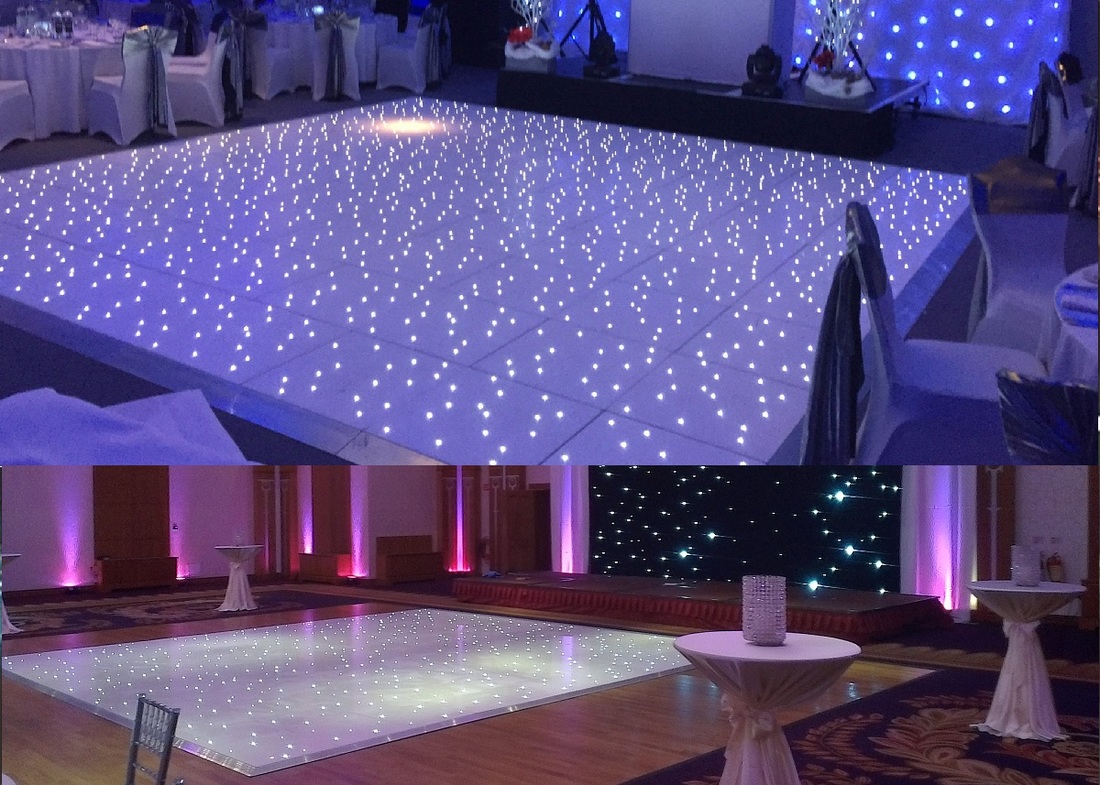Choosing the right materials for building a long-lasting and secure external performance floor is crucial for ensuring an enjoyable experience. Outdoor dance floors must withstand diverse climate elements while offering a stable surface for performers and participants. Thus, it is important to evaluate factors such as material durability, safety features, and maintenance requirements when making selections. This guide will examine several appropriate materials and their advantages in creating an outdoor dance floor.
One common option for outdoor dance floors is wood. Lumber offers a classic and warm aesthetic that many consider appealing. Solid woods like beech or oak are particularly favored due to their durability and ability to cushion shock, which can safeguard dancers’ ligaments. Additionally, wood has natural anti-slip qualities when treated properly, minimizing the risk of accidents. However, preserving a timber dance floor requires regular coating and resurfacing to shield it from moisture and UV exposure, making it essential to consider the climate in which the floor will be installed.

Another practical alternative is composite materials, which combine wood fibers with plastic. These composites are designed to be impervious to humidity, mold, and fading from sunlight. Composite dance floors offer longevity comparable to conventional wood without the intensive maintenance. They are less susceptible to warping and cracking than wooden floors when exposed to extreme outdoor conditions. In addition, composite surfaces often have built-in slip resistance properties, making them a more secure selection for open-air occasions.
For those looking for a more contemporary approach, modular tiles made of PVC or elastomer are excellent vinyl dance floor rentals alternatives. These tiles are designed for easy installation and can be rearranged or replaced as required. The flexibility of using interlocking tiles permits rapid setup and breakdown, making them ideal for short-term dance events or festivals. Additionally, these materials provide shock absorption that enhances support while dancing and reduces the likelihood of injuries caused by falls. The sealed structure of PVC and rubber also inhibits water penetration, additionally extending the life of the flooring.
Finally, it is vital to evaluate the location and intended use of the outdoor dance floor when choosing components. For instance, if the dance floor will be installed in a heavily used area or subjected to inclement weather regularly, opting for durable surfaces that require low upkeep will be important. On the other hand, for lighter use or in more protected areas, less heavy options may suffice. In any case, emphasizing safety aspects such as grip and impact resistance should stay at the center of design.
To summarize, building a long-lasting and safe outdoor dance floor involves thoughtful assessment of various solutions suited for different environments and purposes. Wood offers timeless beauty but demands consistent care; engineered composites blend aesthetics with resilience; interlocking tiles provide versatility and convenience. At the end of the day, identifying the check this site out unique requirements of the dance floor's planned use will inform material selection toward choosing the most suitable solution for an satisfying and safe dancing experience outdoors.
Comments on “Selecting the Best Materials for Building a Robust and Safe Open-Air Dance Surface”